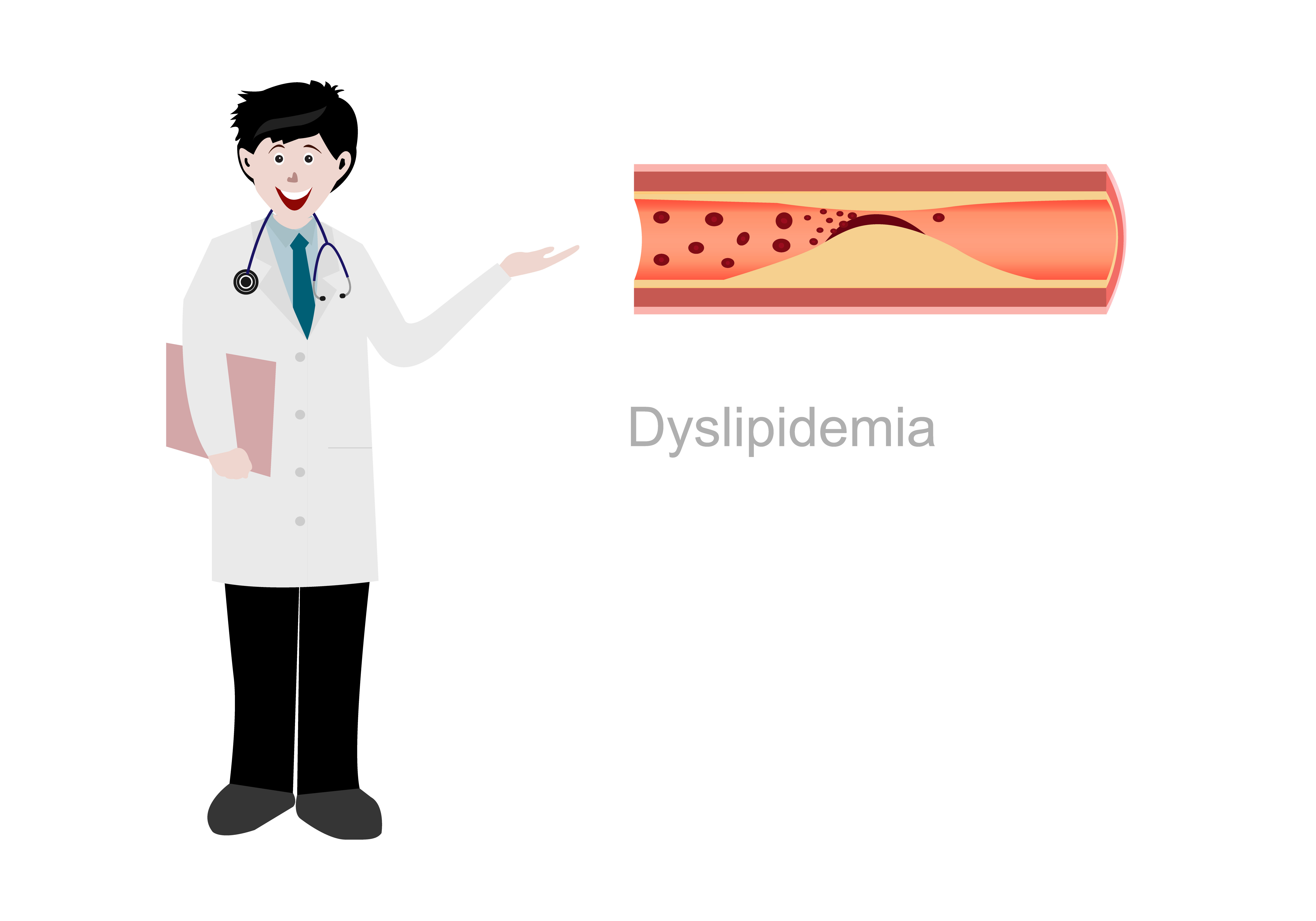Volume 112, Nº 2, February 2019
DOI: http://www.dx.doi.org/10.5935/abc.20180254
ORIGINAL ARTICLE
Dyslipidemia in Adolescents Seen in a University Hospital in the city of Rio de Janeiro/Brazil: Prevalence and Association
Nathalia Pereira Vizentin
Paula Mendonça Santos Cardoso
Camila Aparecida Gomes Maia
Isabela Perez Alves
Gabriel Lunardi Aranha
Denise Tavares Giannini

Abstract
Background: Early exposure to obesity favors greater risks of cardiovascular factors such as dyslipidemia.
Objectives: To establish the prevalence of dyslipidemia, and to evaluate its association with nutritional status of the adolescents attended at the ambulatory of the Adolescent Health Studies Center of the University Hospital Pedro Ernesto.
Methods: This is a cross-sectional, observational study, the sample of which was of convenience, consisting of adolescentes from 12 to 18 years old of both genders. The lipid profile was evaluated, along with its association with the anthropometric indicators: body mass index and waist circumference. For statistical analysis, a significance level of 5% was used.
Results: A total of 239 adolescents, 104 boys (43.5%) and 135 girls (56.5%) were evaluated and, of these, 52 (21.8%) were eutrophic, 60 (25.1%) overweight, and 127 (53.1%) obese. Obeseadolescents had significantly lower mean values of HDL-cholesterol (44.7 mg/dl vs 53.9 mg/dl; p < 0.001) and higher triglycerides (109.6 mg/dl vs 87.3 mg/dl; p = 0.01). The changes with higher prevalence were low HDL‑cholesterol (50.6%), hypercholesterolemia (35.1%), and hypertriglyceridemia (18.4%). A negative association of HDL-cholesterol with body mass index and a positive association of triglycerides with body mass index could be observed, even after adjustment for gender and skin color.
Conclusion: This study demonstrated high prevalence of dyslipidemia among adolescents. In view of the significant association between lower levels of HDL-cholesterol and increased triglycerides with overweight, the control of these factors should receive attention, with the precocious diagnosis of the dyslipidemia being important, mainly if it is associated with another cardiovascular risk, to develop effective intervention strategies. (Arq Bras Cardiol. 2019; 112(2):147-151)
Keywords: Hyperlipidemias; Adolescent; Obesity; Sedentary Lifestyle; Anthropometry; Cardiovascular Diseases; Risk Factors.















